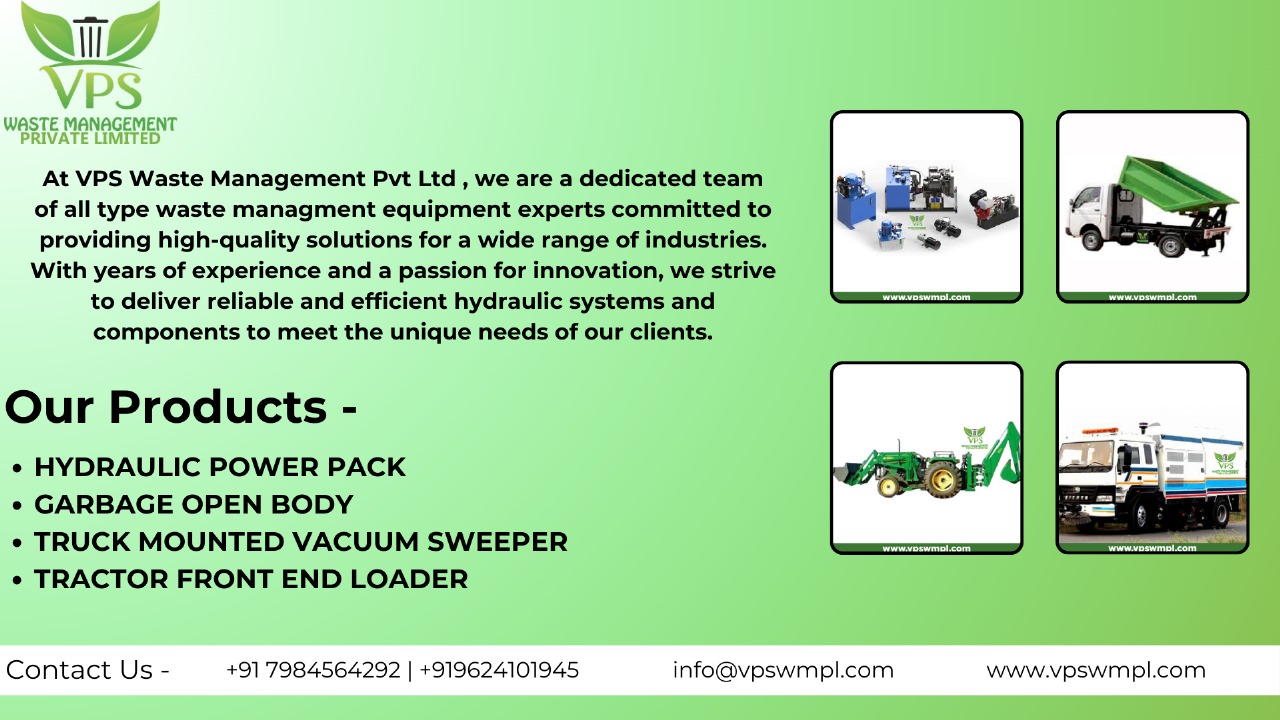Hydraulic Cylinder
A HydraulicCylinder is a mechanical actuator that converts hydraulic energy into
linear motion and force. It consists of a cylindrical barrel, a piston
connected to a piston rod, and a sealed system filled with pressurized
hydraulic fluid (usually oil). When hydraulic pressure is applied to one side
of the piston, it moves, extending or retracting the rod and delivering high
force in a controlled, smooth manner. Hydraulic cylinders are critical in
machinery and mobile equipment for lifting, pushing, pulling, and pressing applications.
Designed for high power density, durability, and precision,
these components are essential in various heavy-duty industrial and mobile
applications.
10 Frequently Asked Questions (FAQs)
- What is the function of a
hydraulic cylinder?
It provides linear motion and force using pressurized hydraulic fluid, often to move or lift heavy loads. - What are the main parts of a
hydraulic cylinder?
Key components include the barrel, piston, piston rod, seals, and end caps. - How is it different from a
pneumatic cylinder?
Hydraulic cylinders use incompressible oil for higher force, while pneumatic ones use air and are suited for lighter-duty applications. - What types of hydraulic
cylinders are available?
Common types include single-acting, double-acting, telescopic, and tie-rod cylinders. - Can hydraulic cylinders be
customized?
Yes, they can be custom-built to specific stroke lengths, bore sizes, mounting types, and pressure ratings. - What kind of maintenance is
required?
Routine checks for leaks, seal wear, and fluid contamination ensure optimal performance and longevity. - What pressure can hydraulic
cylinders handle?
Standard models operate at 1500 to 3000 PSI; heavy-duty ones can exceed 5000 PSI. - Are they safe to use?
Yes, when used properly with the correct pressure ratings and safety measures. - What materials are they made
from?
Typically steel or stainless steel, with chrome-plated rods for corrosion resistance. - Can hydraulic cylinders be
repaired?
Absolutely—seals, rods, and barrels can often be replaced or reconditioned.
Applications
- Construction machinery
(excavators, loaders, bulldozers)
- Material handling equipment
(forklifts, cranes, lifts)
- Agricultural machinery
(harvesters, plows, balers)
- Industrial presses and
machine tools
- Hydraulic jacks and hoists
- Mining and drilling
equipment
- Marine and offshore
machinery
- Automotive lifting systems
- Aerospace ground support
equipment
- Hydropower gate controls and
dam equipment
Benefits
- High Force Output – Delivers massive force
with relatively compact dimensions.
- Precise Control – Offers smooth, accurate
linear motion.
- Durability – Built to withstand
extreme pressures and harsh environments.
- Versatility – Applicable in a wide
range of industries and machines.
- Compact Design – High power density for
confined spaces.
- Low Maintenance – Long service life with
minimal upkeep if maintained properly.
- Energy Efficient – Hydraulic systems offer
better power transfer efficiency.
- Customizable – Can be engineered to meet
unique size, stroke, or mounting needs.
- Corrosion Resistant Options – Available with coatings
or materials suited for marine or chemical use.
- Reliable Under Load – Performs well under
constant or dynamic load conditions.
Contact
us more details:
Call: +91 7984564292 +919624101945
Email: vpswmpl@gmail.com info@vpswmpl.com
Address: Ahmedabad Office : Shed No. B-21, Shree Mahalaxmi Estate, Wandervat
Talav, Near Shankeshwar Estate, GIDC Vatva, Ahmedabad - 382440, Gujarat, INDIA

